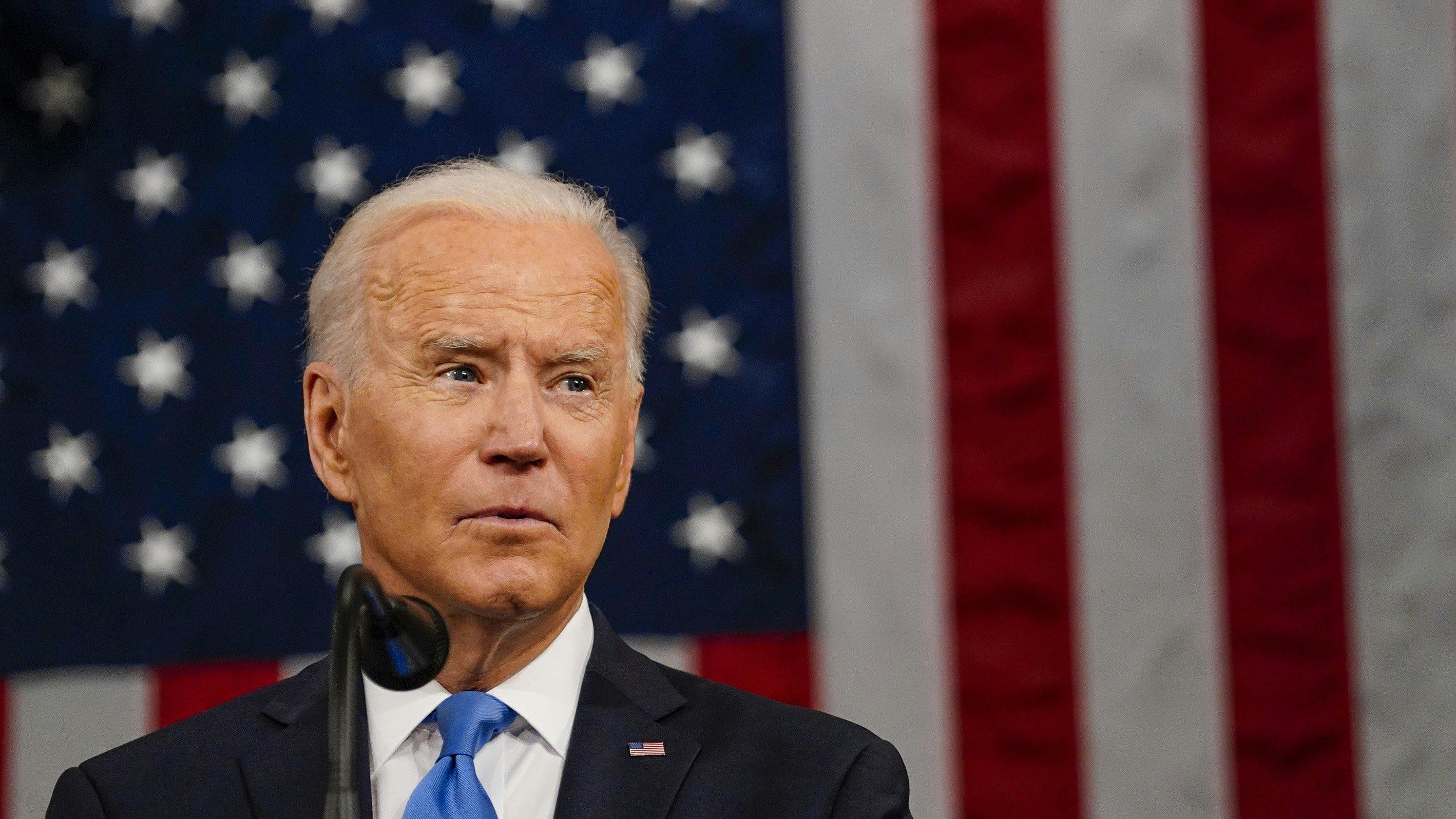The logic of capitalism is worse than the madness of Trump

I was cleaning up after breakfast in an Airbnb in Hawaii, about 30 kilometres from Honolulu, when my phone started beeping. It was 13 January 2018. My then 2-year-old daughter was playing with her mum. It was our second day there but the first sunny one, so we were off to the beach. I ignored my phone for a bit, but it kept beeping. So I picked it up and had a look.
BALLISTIC MISSILE THREAT INBOUND TO HAWAII. SEEK IMMEDIATE SHELTER. THIS IS NOT A DRILL.
Lol, some smart-arse was having me on. But I should just check Twitter. It’s on Twitter. Fuck. I should check the TV. The TV breakfast hosts seem oblivious, talking about some inanity. But then the clunky government override alert started running across the screen: The US Pacific Command has detected a missile threat to Hawaii. A missile may impact on land or sea within minutes. THIS IS NOT A DRILL. If you are indoors, stay indoors. If you are outdoors, seek immediate shelter in a building. A few seconds later the breakfast hosts are in meltdown. Jesus. Fucking Trump, what has he got us in for?
It wasn’t real, of course. The Hawaii Emergency Management Agency had sent it out by mistake. Thirty-eight minutes later we got an SMS saying “There is no missile threat or danger to the State of Hawaii. Repeat. False Alarm.” It was the kind of surreal fake emergency that epitomised the early Trump years; when you were never quite sure if you were living through a colossal joke or the first days of the end of times.
Trump’s cartoon cut-out madman image—the lunatic with his finger on the nuclear button—was not all illusion. He was a lunatic and he did have his finger on the button. It could have ended a lot worse than it did. But in the end Trump didn’t give us nuclear apocalypse or fascist authoritarianism; just a washed-up Married at First Sight-style series of unfulfilled threats.
Now he’s gone, the situation is incalculably worse. The climate crisis, the pandemic, and the staggering levels of economic inequality that are tearing apart the global political system at both a national and international level, are all still with us. The Biden presidency offers a few soothing words that at best acknowledge the existence of these problems, but does nothing fundamental to solve them.
But perhaps the greatest threat to human civilisation, obscured by the false alarms of the Trump years, is that ultimate expression of capitalist competition—the prospect of war between the great powers.
In the Trump years, the threat of a sudden major military confrontation between nuclear powers seemed plausible. It’s why when I got that message in Hawaii I panicked, in spite of being a child of the 80s who was bought up to believe in the doctrine of MAD—the apt acronym for Mutually Assured Destruction—which taught us that nuclear war would never happen because of, well, MAD.
The idea that great powers would pursue their interests rationally was thrown out of the window by the Trump presidency. Anything seemed possible with a deranged president who had the power to override all the checks and balances in the system.
But now that he’s gone, we are back to capitalism as normal, and are getting a rapid-fire education as to exactly what that means. And the terrifying reality is that the dangers to world peace that seemed to come from the profound illogic of the Trump era are actually inherent to the logic of the system.
War between the US and China has never been closer. That’s not to say war will break out next week or next month or next year—although it might. But the relentless logic of global capitalist competition—the economic rivalry between corporations elevated to strategic and territorial rivalry between armed-to-the-teeth states—is once again dragooning the world towards a deadly conflict.
The anti-China rhetoric that under Trump seemed like the unhinged ravings of a demagogue now forms the overarching framework of the Biden administration. After nearly two decades of paralysis following the Iraq debacle, the US political and military establishment have cohered behind a policy of determined resistance to any threat to the status of the US as the world’s dominant power.
Here in Australia, anti-China warmongering has sharply escalated. It would be easy to see the militaristic posturing of new defence minister Peter Dutton and right-wing Liberal MPs like Andrew Hastie (who is campaigning about how the military is too “woke” and needs to refocus on it’s core business of the "application of lethal violence") as simply the latest inane salvos in the culture wars.
But the alarming truth is that the anti-China posture of the Liberal government is deadly serious, and is backed by the overwhelming majority of Australia’s political class and military and intelligence apparatus. It was only five years ago that Tony Abbott welcomed Chinese President Xi Jinping to the Australian parliament and lavishly praised him for his supposed democratic aspirations. Today, a decisive section of Australia’s ruling class has seen the writing on the wall and abandoned the idea that it can avoid taking sides in the looming US/China conflict.
Australia’s involvement in the last two US-led wars, in Afghanistan and Iraq, was almost entirely about posturing. The country’s role was symbolic, involving a minimal military contribution and very few casualties. Joining a US war with China over Taiwan or some other flashpoint would be vastly different. The current aggressive posturing by Dutton and his supporters is about laying the basis for wider acceptance of the horrific consequences of such an engagement.
If the Trump era was defined by cartoonish threats and false alarms, the Biden era is shaping up to be a time where we have to confront the hard reality of just how insanely disastrous a capitalist system with the adults back in charge can be.